7 Amazing Forts, Fortresses and Castles in Africa
Africa has played host to numerous civilizations, colonial powers, and invaders from both east and west. Thus it
isn't a surprise that many forts, fortresses, and castles in Africa bear great resemblance to their European and
Middle Eastern counterparts although some are exceptional examples of unique African architectural traditions.
Listed below are 7 amazing forts, fortresses and castles in Africa that reflect the continent's diverse past and
rich architectural heritage.
Citadel of Qaitbay

The Citadel of Qaitbay is an impressive fortress in Alexandria, Egypt, that dates back to the reign of the Mamluk
Sultan Qaitbay (1468-1496). It was built as a part of the city's defensive system on the site of the Lighthouse of
Alexandria which was at the time in ruins. Though it eventually lost its defensive importance, the Citadel
continued to be used as a defensive fortress until the late 19th century. In the 1950s, it was turned into a
Maritime Museum.
Elmina Castle
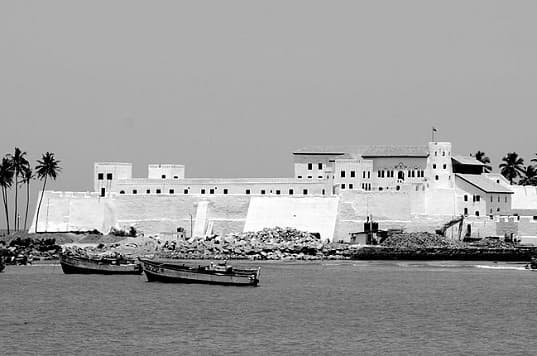
The Elmina Castle, also called Feitoria da Mina, is one of the many forts, fortresses, and castles that were built
in Africa by the Portuguese. It was erected in 1482 in the coastal town of Elmina, Ghana, and became one of the
first European structures south of the Sahara Desert. Established as a trade settlement, the Castle eventually
came to be used in the Atlantic slave trade, serving as a depot for slaves most of whom were sold to the Americas.
In 1979, it was inscribed to the UNESCO World Heritage Sites List.
Fort Jesus
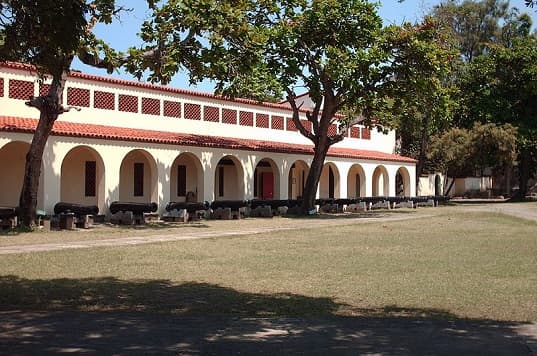
Fort Jesus was built between 1593 and 1596 by the Portuguese on the Mombasa Island, Kenya, to secure the port of
Mombasa. The fort with a shape of a man when viewed from above-changed hands nine times between the 1630s and
1870s but it remained beautifully preserved. In 2011, it was recognized as a UNESCO World Heritage Site as one of
the best preserved and amazing examples of the 16th-century Portuguese military architecture.
Castle of Good Hope
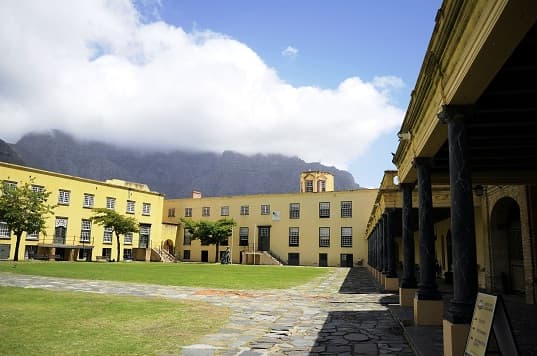
The Castle of Good Hope is one of the oldest surviving colonial structures not only in Cape Town but all South
Africa. The star fort, built by the Dutch between 1666 and 1679, was erected to replace an earlier clay-and-timber
fort. When completed, it was located on the coastline of Cape Town but due to land reclamation, it is now an
inland fort. Since 1936 a historical monument, the Castle of Good Hope used to serve as a replenishment point for
ships to and from the Netherlands and Indonesia but was later also briefly used as a prison.
Fasil Ghebbi Castle
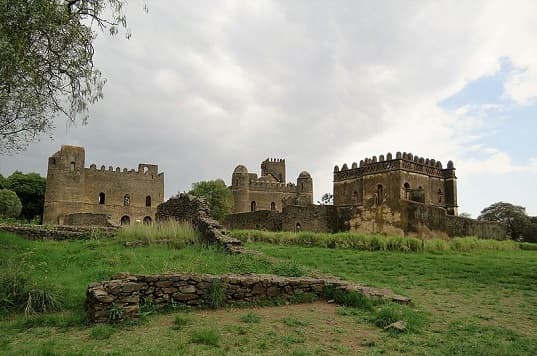
The Fasil Ghebbi Castle in the Gondar Region, Ethiopia, is a unique blend of several architectural styles
including Arab, Nubian, and Gothic. Its construction started during the rule of Ethiopian Emperor Fasilides or
Fasil (1632-1667) who chose Fasil Ghebbi as his new capital. The Castle and the rest of the complex have been used
by Fasilides' successors as their residence and seat of government until the 1860s. Though the fortress-city
remained a lively commercial center, it gradually fell into decline. In 1979, the Fasil Ghebbi complex was
recognized as a UNESCO World Heritage Site.
Cairo Citadel
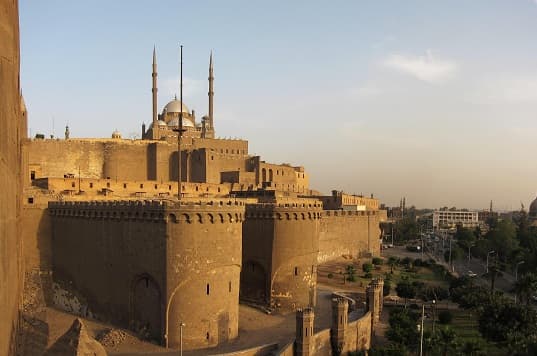
Also known as the Saladin Citadel, the Cairo Citadel is a medieval fortress that was built by Saladin, Sultan of
Egypt and Syria (from 1174 to 1193) to protect the city of Cairo from Crusaders. But it also served as a royal
residence all the way to the 19th century. The original Saladin's Citadel went through numerous alterations and
modifications over the following centuries but most of the structures within the complex date from the medieval
period. Today, the Cairo Citadel is a museum and one of the most popular tourist attractions in Egypt after the
pharaonic monuments.
Cape Coast Castle
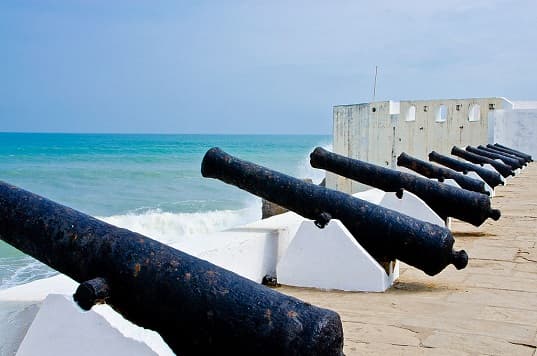
The Cape Coast Castle was one of the so-called slave castles on the coast of Ghana. It originally served as a
trading post but it later came to be used to hold slaves who were sold across the Atlantic. Built by the Swedes in
the mid-17th century, the Cape Coast Castle changed hands several times before it was captured by the British
during the Seven Years' War (1754-1763). The Castle was later also used as the seat of colonial administration and
then a school. In 1979, it was recognized as a UNESCO World Heritage Site.